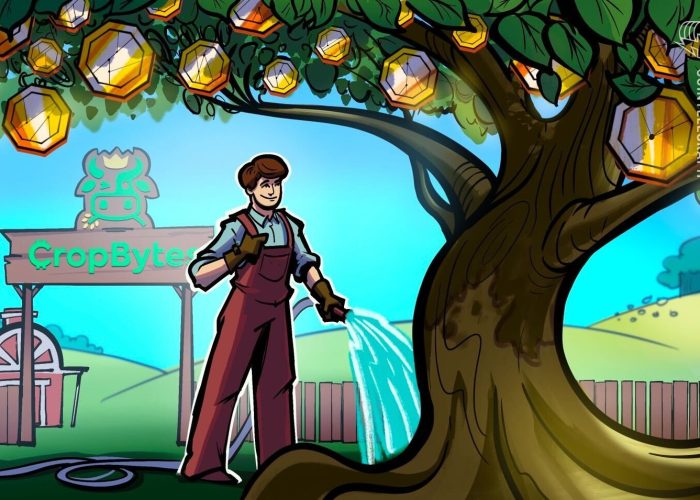In 2022, p2e games were the in-thing, but their business model appears to be flawed. Nevertheless, one Web3 game has developed a novel approach to p2e sustainability. 2018 saw the release of Axie Infinity, which revolutionized the play-to-earn gaming industry. Many poor families in the Philippines were able to supplement their income by playing the game.
But as Axie Infinity expanded and dominated the world of blockchain gaming, the rewards ratio rapidly began to fall. The primary cause of this sizable reduction in player returns is concealed in the game’s design. The development of a self-sustaining in-game economy is among the main difficulties play-to-earn projects encounter.
The majority of p2e games available today have strong beginnings and generous rewards for players. However, as even more players sign up, the number of in-game tokens issued increases, which lowers their value significantly. As a result, players’ potential to earn is reduced. Even though GameFi is still active and accounts for over half of all blockchain-related activity, something must start changing for p2e to be long-term sustainable.
Play-And-Earn Is the Next Step After play-to-earn
A few of the most well-known blockchain-based games, including Axie Infinity, Splinterlands, and Alien Worlds, were born out of the play-to-earn movement. Although these have succeeded in withstanding the challenge of time, many other projects did not follow the same successful path.

The steep point of entry is among the main challenges play-to-earn projects encounter, particularly after a game gains popularity. The initial deposit needed to buy the beginning team of three Axie NFTs was quite high at the peak of Axie Infinity’s popularity. Additionally, even those players who could spend money on the starter kit and begin the game experienced declining returns that did not cover the initial outlay.
In that regard, the play-to-earn strategy has a problem with its underlying assumptions. Because of this, game designers are now putting more emphasis on the gaming component of their platforms rather than just playing to earn.
The play-and-earn strategy, in which players can easily enter a game and begin playing without having to buy starter kits, is a fresh and improved method. In contrast to play-to-earn, which rewards players for participating, play-and-earn has a distinct economic structure that rewards players for reaching specific game milestones.
The Service Economy Strategy
According to the idea of the service economy, users who are wealthy but short on time pay other users to complete tasks in exchange for payment. This idea can be easily applied to an in-game economic system setting. Players get rewards for performing tasks but also have the option to assign these tasks to others and split the rewards with them.
Web3 gaming projects can benefit greatly from the service economy approach. Without the need for developers to continually provide input and economic improvements, the game will be much more sustainable. The next wave of blockchain-based gaming (the new generation of p2e games) is expected to be fueled by this kind of in-game economy












No Comment! Be the first one.